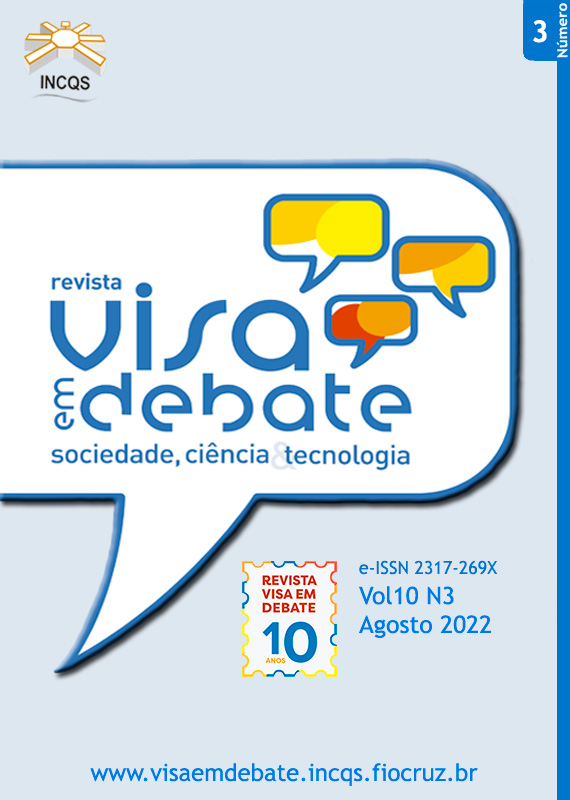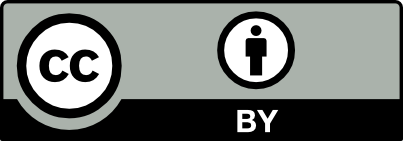Nephrotoxicity in reports of suspected adverse drug events: Descriptive study of data reported to the VigiMed system in 2019
DOI:
https://doi.org/10.22239/2317-269x.02018Keywords:
Pharmacovigilance, Adverse Event, Acute Kidney InjuryAbstract
Introduction: Nephrotoxicity is a frequent adverse event during medication use, especially in the hospital environment. Its occurrence may occur for reasons inherent to the drug and/or the individual. The main drugs associated with this complication are non-steroidal anti-inflammatory drugs, antimicrobials, antineoplastics, lithium, immunosuppressants, antivirals. In Brazil, the notification of the occurrence of adverse events is reported to the VigiMed system; through notifications it is possible to both monitor the use of medicines and plan health actions. Objective: To describe the therapeutic groups reported as suspected drug-related adverse events received in 2019 by the national pharmacovigilance system in Brazil. Method: Cross-sectional, descriptive, retrospective study made through information from adverse drug event notifications related to nephrotoxicity reported to VigiMed in the period from 01/01/2019 to 12/31/2019. Drugs were classified by the Anatomical Therapeutic Chemical classification system up to the fifth level. Results: 146 notifications reporting nephrotoxicity, with 79 different drugs reported. There was a prevalence of systemic anti-infective agents (group J), 97 (51.05%), mainly antibacterials for systemic use (J01), 70 (36.80%) and antimycotics for systemic use (J02), 18 (9.97%). They were followed by antineoplastic agents and immunomodulators (group L), 30 (16.31%), mainly antineoplastic agents (L01), 23 (12.10%), and the group Various, with contrast (V08), 19 (10.00%). The most frequent medications were Vancomycin, 19, followed by Amphotericin B, 16, and Piperacillin + Tazobactam and Ioexol. Conclusions: The most frequent therapeutic groups in notifications of suspected drug-related adverse events were antibacterials for systemic use, anticancer agents, antimycotics for systemic use and contrast agents.
Downloads
Downloads
Published
Issue
Section
License
Copyright (c) 2022 Jader Fernando Ribeiro dos Santos, Rosa Malena Fagundes Xavier

This work is licensed under a Creative Commons Attribution 4.0 International License.
COPYRIGHT ALLOWANCE The author (s) hereinafter designated as the ASSIGNOR hereby assign and transfer, free of charge, the ownership of the copyrights related to this ARTICLE to the Vigilância Sanitária em Debate: Sociedade, Ciência & Tecnologia (Health Surveillance under Debate: Society, Science & Technology) – Visa em Debate, represented by FUNDAÇÃO OSWALDO CRUZ, established at Av. Brasil, nº 4365, Manguinhos, Rio de Janeiro, RJ, Brazil, CEP 21045-900, under the conditions set out below: (a) The terms and conditions set forth in this Agreement shall apply to the following: 1. The ASSIGNOR declares that they s(he) is (are) the author (s) and owner (s) of the copyrighted property of the ARTICLE submitted. 2. The ASSIGNOR declares that the ARTICLE does not infringe the copyrights and / or other property rights of third parties, that the disclosure of images (if any) has been authorized and that they s(he) assume(s) full moral and / or property liability for its content, before third parties. 3. THE ASSIGNOR assigns and transfers all copyrights relating to the ARTICLE to the ASSIGNEE, especially the rights of editing, publication, translation into another language and reproduction by any process or technique. The ASSIGNEE becomes the exclusive owner of the rights related to the ARTICLE, and any reproduction, totally or partially, is prohibited in any other means of publicity, printed or electronic, without prior written authorization from the ASSIGNEE. 4. The assignment is free and, therefore, there will be no remuneration for the use of the ARTICLE by the ASSIGNEE.







